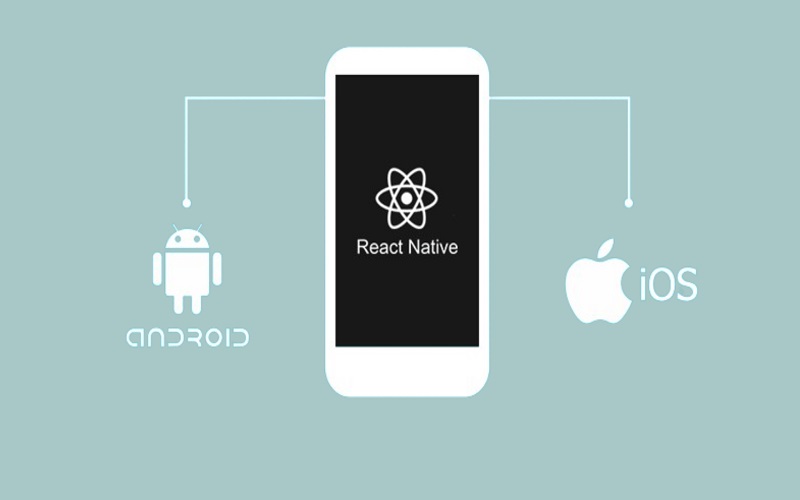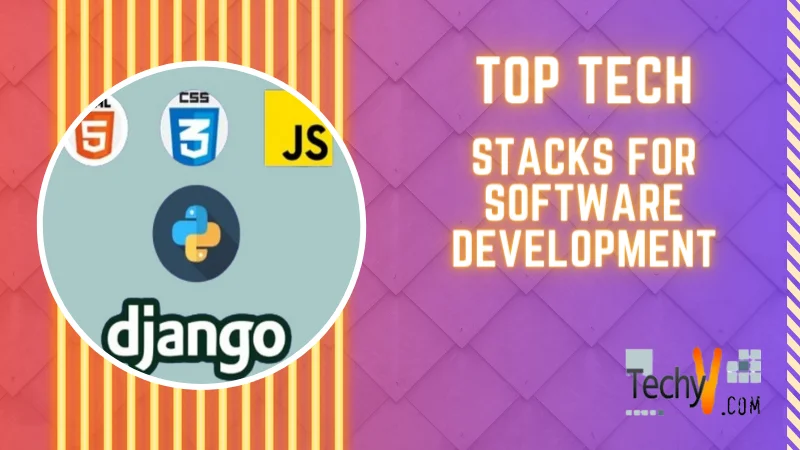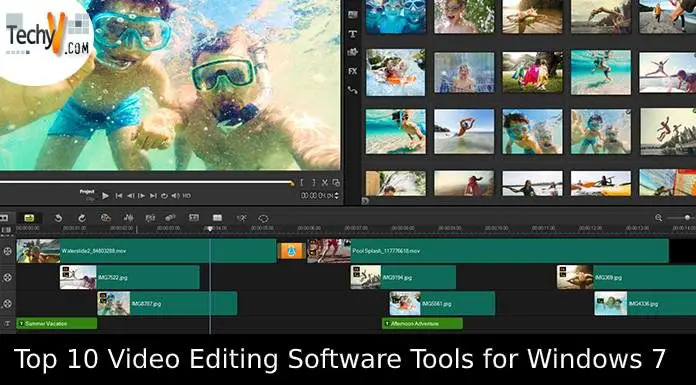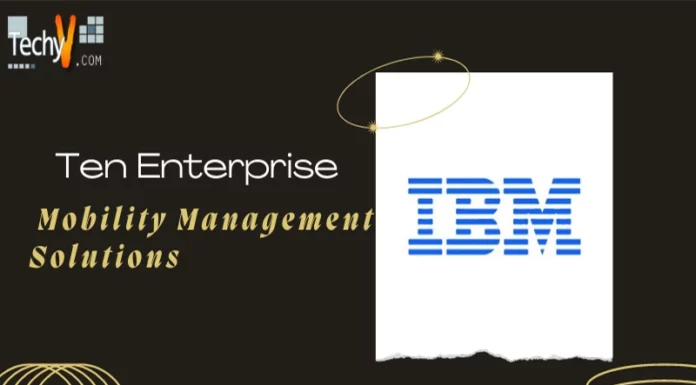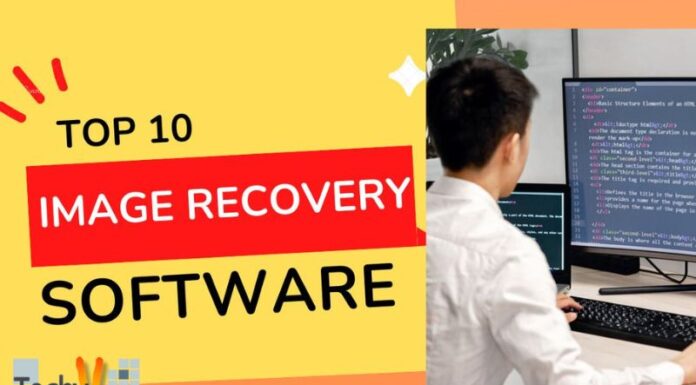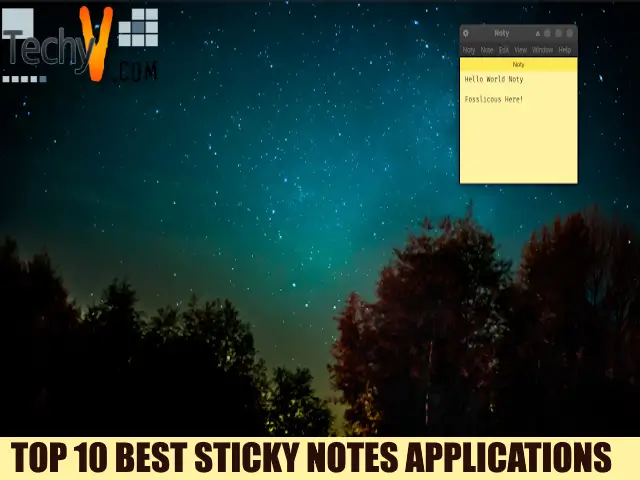It is essential to choose the right tech stack for software development. To create a mind-blowing app, you must be aware of the tech stack concept. But what is a tech stack?
A tech stack or a software stack is a collection of programming languages, software tools, frameworks, and libraries, used in development of a software application. It’s a unique combination of innovative tools and infrastructures used to develop an application.
A tech stack comprises two major vital components:
- Frontend Stack: consists of CSS, Javascript, HTML, and React useful for developing client-side of the application.
- Backend Stack: consists of programming languages such as Python, Ruby, and Java to develop the server side of a software application.
The choice of tech stack can significantly impact various aspects of the software development process, including the development speed and product scalability. It is necessary to consider a few factors before selecting a tech stack.
- If you are a fresher with no expertise, opt for a user-friendly stack to help you start faster.
- If you are looking for speed and performance, choose the stack that has been optimized for speed.
- Choose stacks offering good quality control features. A tech stack with reliable quality control can track and fix issues in the early stages of development itself.
- It is necessary to evaluate the long-term consequences of technical debt while selecting a software stack. A complex stack offers greater scalability and reduced technical debt than a simple stack that might require heavy maintenance, leading to high technical debt.
In this article, we shall list down the Top 10 tech stacks used for software development.
1. ASP.NET Stack
ASP.NET is a server-side tech stack that integrates with the Microsoft.NET platform to build robust web applications. The framework is known for its high performance and enhanced security features. Developers can easily create complex web applications using the platform’s comprehensive tools and resources. ASP.NET stack supports various programming languages, such as C# and Visual Basic. It also offers integration with popular Microsoft tools like Azure, Visual Studio, and SQL Server.
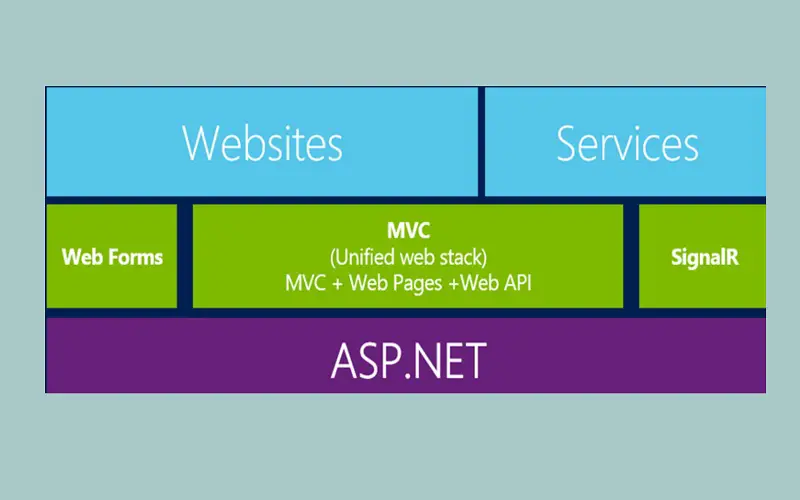
2. MEAN Stack
MEAN Stack represents four essential elements: MongoDB, Express.js, Angualr.js, and Node.js. It is an open-source, free-to-use tech stack, utilizing JavaScript to create highly efficient and scalable software products. MEAN stack is suitable for all kinds of websites and user-friendly applications. You can also build a single-page and mobile applications with Ionic and NativeScript.
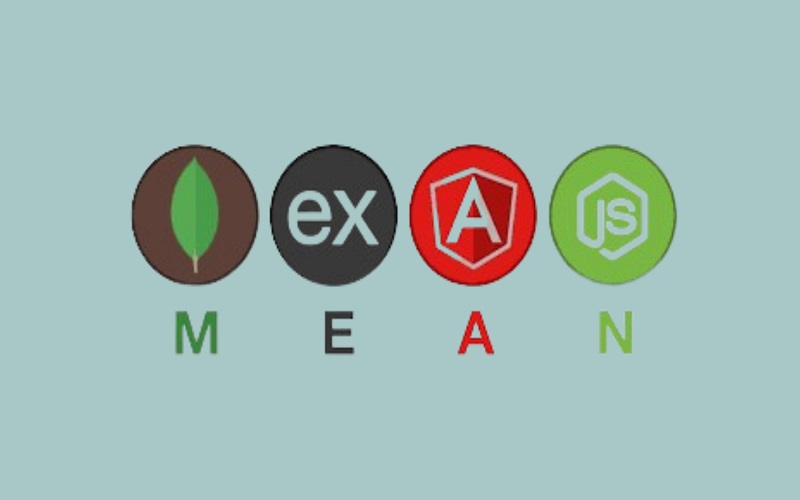
3. Lamp
Lamp is a popular web server that supports numerous programming languages and offers a stable platform for software development. LAMP has gain immense popularity among developers due to its flexibility and scalability. LAMP comprises four major components: Linux, Apache, MySQL, and PHP. Linux is a well-known open-source operating system, Apache serves web pages, MySQL enables quick data retrieval, and PHP is a programming language.
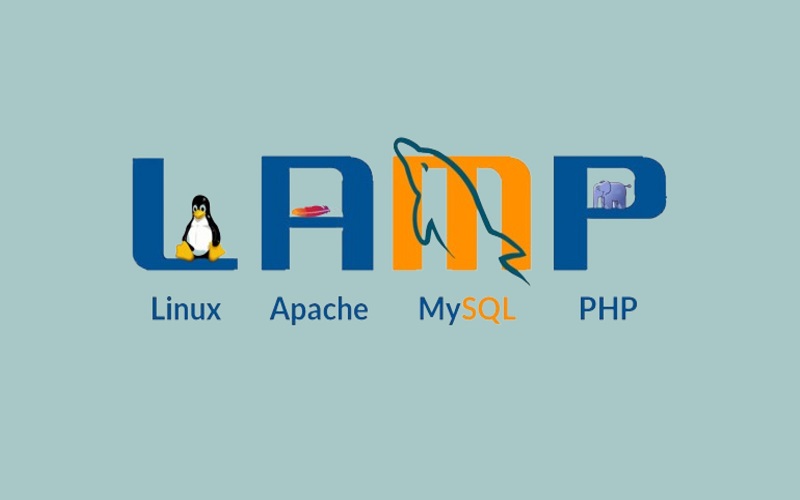
4. MERN
MERN consists of MongoDB, Express.js, React.js, and Node.js. One significant difference between MERN and MEAN is that the former replaces Angular.js with React.js. It is the best tool for handling small-scale projects like single-page or mobile applications. MERN offers advantages, such as React integration, simultaneous coding on browsers and servers, and full-stack development features.
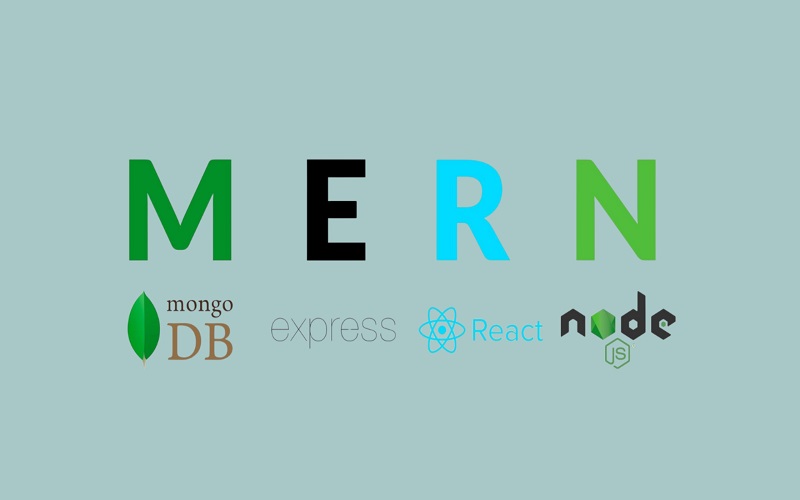
5. Ruby On Rails
Ruby on Rails is an open-source web framework that utilizes “Ruby,” a versatile programming language for web creation, data handling, and automation. ROR follows the principle of convention over configuration approach, emphasizing on streamlining repetitive tasks and speeding up the development speed. The stack comprises Ruby(programming language), Rails(web application framework), and SQLite or PostgreSQL(relational database management systems).
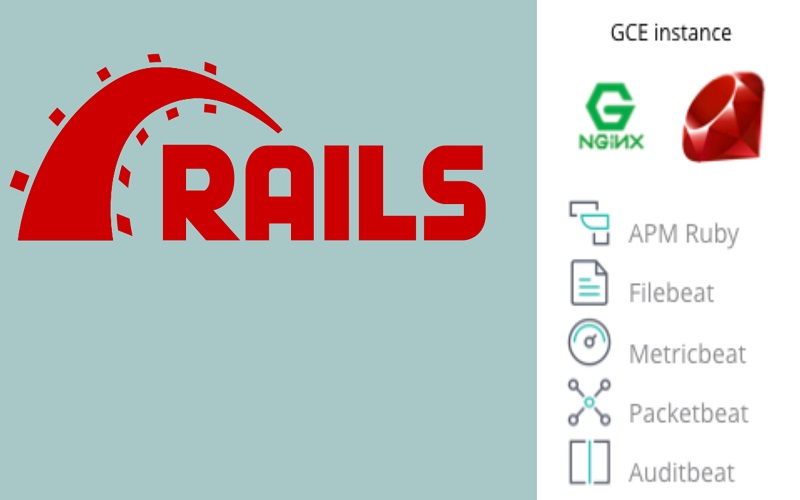
6. Django
Django is a popular web framework based on the programming language Python. Users can take advantage of latest technologies, such as PyCharm, HTML, and CSS for creating full-stack applications. The web framework seamlessly integrates with both Apache web server and MySQL server. Django supports the creation of low-code web apps and handles increasing volume of traffic efficiently. It encourages efficiency and sustainable code by adopting the “Don’t Repeat Yourself” principle.
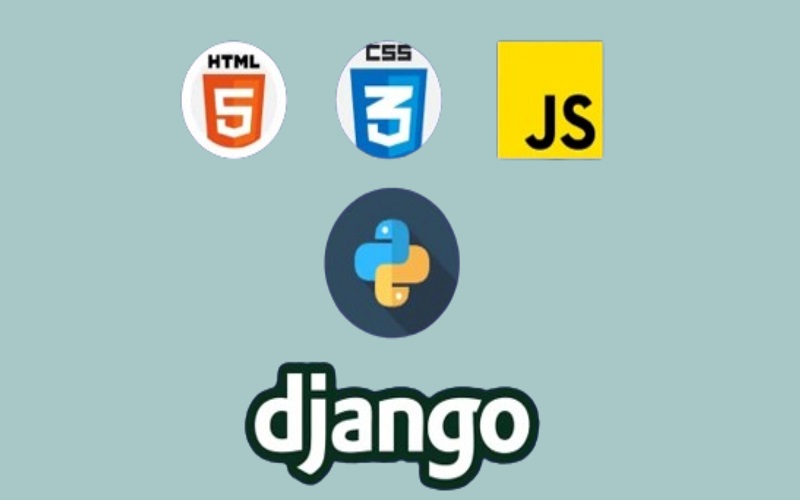
7. MEVN
MEVN stack uses Vue.js in place of Angular.js and incorporates the best features of Angular and React. The framework helps create scalable applications with real-time data streaming and robust user interfaces. Developers utilize JavaScript to develop web applications. Users can customize the stack to add new features and functions to the application. One major benefit of implementing the MEVN stack is it enables easy deployment of applications across multiple platforms, including AWS, Azure, and Google Cloud.
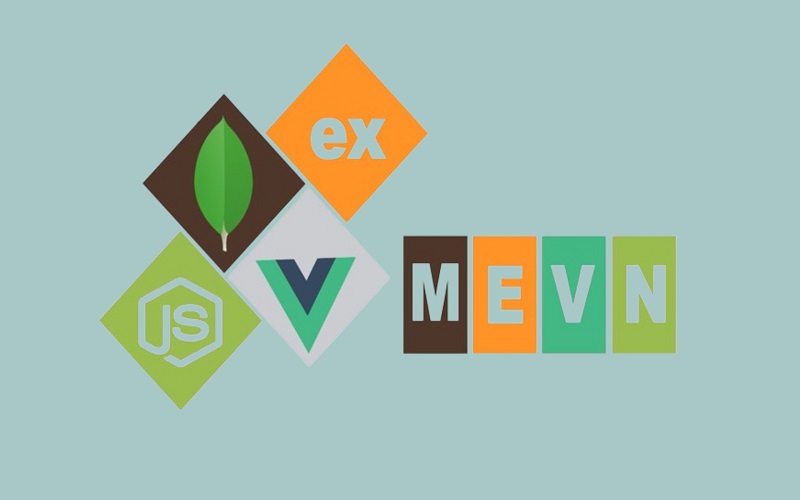
8. Flutter
Flutter by Google is an open-source web framework that utilizes a single codebase to develop multi-platform applications. Flutter utilizes a speedy language called Dart to develop applications across various platforms quickly. Its hot reload feature enables real-time code updation for a faster development process. Its exceptional performance ensures a seamless user experience on Android and iOS devices.
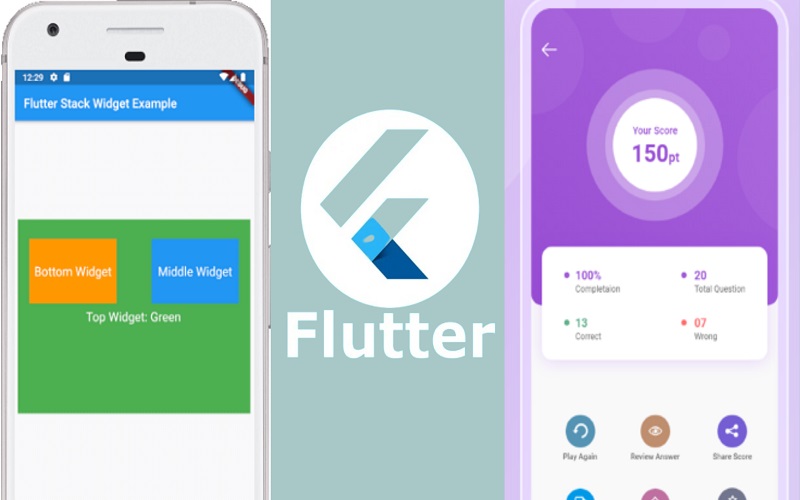
9. Java Stack
Java is the most commonly used language for enterprise applications. Java stack comprises of three essential components: Java, an object-oriented programming language, the Spring framework that empowers the creation of enterprise applications, and a robust database system. The platform encompasses modules for web development, security, and data testing. It boasts robust security features and is ideal for creation of large-scale applications.
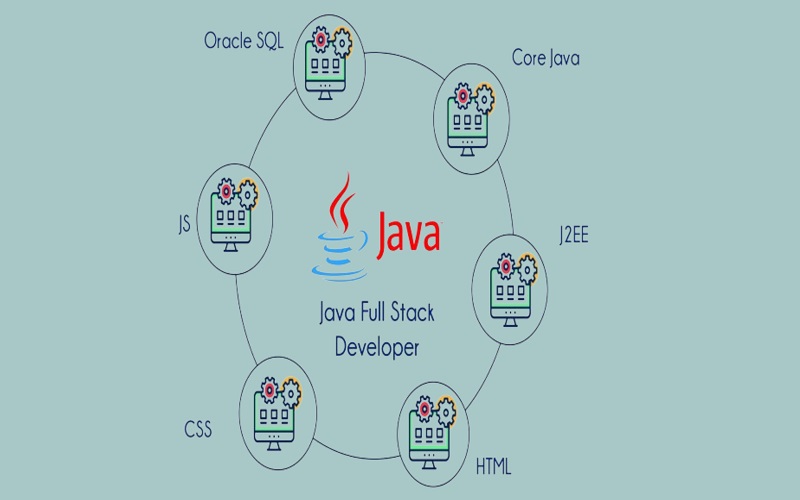
10. React Native Stack
React Native Stack based on Javascript helps in designing native apps for iOS and Android. React Native apps combines JavaScript and XML language to deliver authentic mobile UI components. The apps within the React Native stack are highly reliable and performance-oriented. The platform allows developers to reuse code across several platforms. The JavaScript framework focuses on delivering a seamless user experience across multiple devices.
